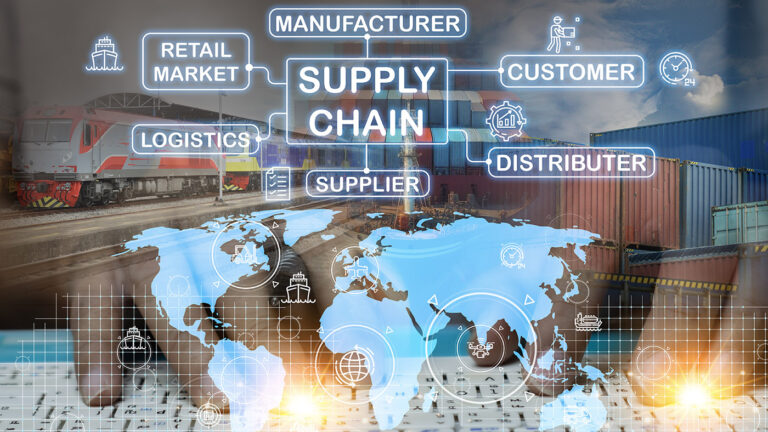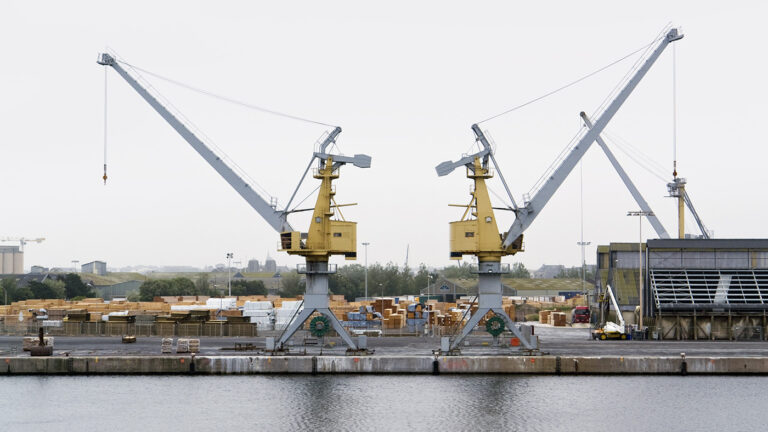In today’s volatile global economy, companies in the building materials supply chain—including manufacturers of wood products, cement, steel, mining resources, and heavy machinery—face increasing pressure to make faster, smarter decisions across strategic, tactical, and operational levels.
Supply chain executives in this space are navigating a wave of complexity: labor shortages, inventory imbalances, transportation delays, and geopolitical uncertainty. As they confront these realities, they’re asking tough questions:
- Are we delivering the right products to meet current demand?
- Which SKUs are most profitable?
- How can we reduce lead times and improve customer satisfaction?
These questions cannot be answered in isolation. True resilience requires end-to-end visibility, data integration, and financial alignment across the entire building materials supply chain. That’s why leading organizations are turning to advanced technologies like digital planning twins.
A digital planning twin models the entire business ecosystem—demand, supply, operations, financials—and applies scenario-based optimization. It enables building materials companies to simulate trade-offs, assess risk, and quantify every decision’s financial impact.
Transforming the Building Materials Supply Chain with Digital Planning Twins
Companies already leveraging River Logic’s digital planning twin technology are gaining a competitive edge. Some are nearshoring operations to North America or Europe to avoid supply chain shocks. Others are diversifying supplier networks and reshoring production to reduce risk, even if it means absorbing higher short-term costs.
This transformation allows firms to:
- Improve on-time delivery rates
- Shorten response times
- Increase operational efficiency
- Align supply chain strategy with financial goals
Strategic Priorities for Building Materials Leaders
To remain competitive, building materials companies must prioritize:
- Reengineering Supply Chain Architecture
Rethink global product flows, tax implications, and facility footprints to improve risk management and capture new opportunities. - Embedding Agility with Scenario Planning
Strengthen supplier networks and simulate disruptions with digital twins to make faster, data-driven adjustments. - Optimizing Working Capital
Use analytics and automation to boost efficiency, reduce waste, and unlock cash from the supply chain. - Driving Sustainability and Responsibility
Position the supply chain as a tool for environmental progress and corporate accountability. - Innovating Beyond Cost Efficiency
Shift from pure cost-cutting to developing new revenue streams through digitized, customer-centric supply chain models. - Why Resilience Is the Future of Building Materials Supply Chains
External forces—from infrastructure booms in developing countries to economic cycles affecting housing and construction—can rapidly shift demand for cement, steel, and lumber. Add in global pandemics, environmental mandates, and political instability, and it becomes clear: change is inevitable.
The industrial backbone of the global economy must evolve. Companies that embrace digital transformation, optimize financial performance, and invest in flexible supply chain models will not only survive—but thrive.
Conclusion
The building materials supply chain is no longer a back-office function. It’s a strategic weapon. Organizations that rethink their value chain, adopt digital twins, and prepare for future disruptions will lead the next era of growth.
Download our brand-new point of view document: Optimizing Decisions for Real Results at INDUSTRIAL MATERIALS COMPANIES.
Author:
Eric Kelso
VP Product Management at River Logic
To learn more about strengthening Business Continuity Planning with Digital Twin, get in touch with us today.



